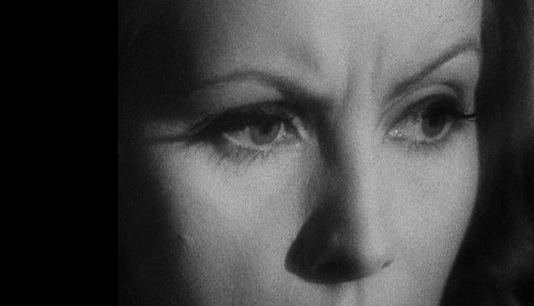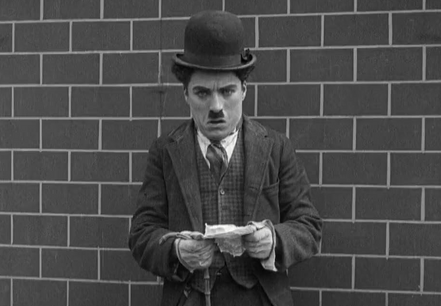Botox: The Nemesis of movies?
- Alex Iwanoff
- Sep 16
- 4 min read
Recently, a theory has been gaining traction online: that Botox might be ruining cinema. It sounds like a hot take, but the idea actually taps into film theory, psychology and contemporary Hollywood practice.

If cinema is built on the power of the face, what happens when the face is frozen?
THE SCIENCE OF BOTOX AND EMOTION
Botox (noun/trademark): a drug prepared from botulin, used medically to treat certain muscular conditions and cosmetically to remove wrinkles by temporarily paralysing facial muscles (Oxford dictionary)With the rise of Botox, psychologists have studied what happens when facial muscles are paralyzed and the results are mixed. On the one hand, smoothing wrinkles may boost self-esteem, and can even help with depression. On the other, it can “undermine the ability to understand the facial expressions of other people”, as a 2016 study published in ScienceDaily found.
Another study published in the Aesthetic Surgery Journal (2019) also found that Botox injections had a “significant effect on the perception of anger and surprise”, altering how emotions are read both by the person expressing them and the person observing them.
Psychologist Paul Ekman, who pioneered facial expressions and emotions research, made this clear: micro-expressions are involuntary cues that reveal hidden emotion. Remove them, and you risk dulling authenticity; the very currency of cinematic performance.
And this matters. If the face cannot move, emotion cannot flow. Thus, connection cannot happen.
THE FACE IN CLASSIC CINEMA
The Hungarian film theorist Béla Balázs understood this a century ago. In his essay Visible Man (1924), Balázs argued that cinema’s unique power lay in the close-up, which revealed hidden things of life that we thought we already knew so well.
“The whole of mankind is now busy relearning the long-forgotten language of gestures and facial expression. This language is [...] the visual corollary of human souls immediately made flesh”, Visible Man.
Silent stars embodied this principle. Greta Garbo, widely celebrated for her expressive face, built her mystique on the arch of an eyebrow and the faintest shift of her lips (Barthes, Mythologies, 1957). Even Charlie Chaplin’s comedy relied on minute eye flickers and half-smiles as much as pratfalls.
With the arrival of sound, performances shifted, took a more naturalistic style. By mid-century, actors mastered the art of doing “less”, trusting the camera to magnify a twitch or a glance into full dramatic weight.
“In closeups every wrinkle becomes a crucial element of character and every twitch of a muscle testifies to a pathos that signal great inner events”, Visible Man
Decades later, Billy Wilder’s Sunset Boulevard would immortalize this truth in its closing line: “Mr. DeMille, I’m ready for my close-up”. Gloria Swanson’s face fills the screen, embodying everything Balázs claimed.
So, if micro-expressions are cinema’s heartbeat, what happens when Botox erases them?
BOTOX IN MOVIES TODAY
We now live in the age of the “Instagram face” (sometimes called “iPhone face”): a blend of Botox, fillers and filters. “Baby Botox”, injections given preventively from a young age, is marketed as routine self-care. In Hollywood, it has become common and, for many, even mandatory.
The result? Audiences are taken aback by emotionless faces. Not able to connect to the story. Lindsay Lohan, in her Freakier Friday sequel, sparked online commentary that her frozen expressions made emotional scenes feel flat. Anne Hathaway has also been criticized for the same lack of eyebrow mobility. And what about Nicole Kidman? Is she angry? Sad?
The pressure is gendered but spreading. Women over 35 feel pushed to “freshen up” to keep roles; men increasingly follow. Winona Ryder admitted in Elle that directors — including women — told her to “relax your forehead” with Botox. She refused: “I’m trying to be a great actor”. In other cases, Amanda Seyfried gave up Botox altogether to meet director Mona Fastvold’s demand for a raw, makeup-free role, as published by People.
But not everyone sees Botox as a threat to acting (mostly because it seems to be unavoidable). As one Hollywood practitioner explained, the “secret” is in timing injections around filming schedules and using them lightly, to soften lines without fully freezing the face, as published in PopSugar.
"I have directors or producers that complain about working with somebody who, in a scene where they have to look surprised, can only make their eyeballs pop. I'll work with the actor and makeup artist, so we can plan Botox around certain scenes", dermatologist Francesca Fusco, MD
This is the paradox: directors want expression, but without the lines it creates. The result is a casting battlefield where faces are caught between beauty standards and expressive needs.
THE COST OF PARALYZED FACES
Audiences may not always articulate it, but they feel it. A frozen face can read as empty, uncanny, disconnected. When too many characters can’t wrinkle a brow, stories risk losing their emotional resonance.
Cinema has always exploited beauty, but its soul lies in the imperfections that close-ups reveal: a twitch of anxiety, a wrinkle of grief, the moist shimmer of an eye. Too much Botox erases those imperfections. And with them, perhaps, part of cinema itself.
Is that one more piece of the puzzle of why so many recent films feel lifeless? Another layer to the algorithmic scripts, now with expressionless actors?







